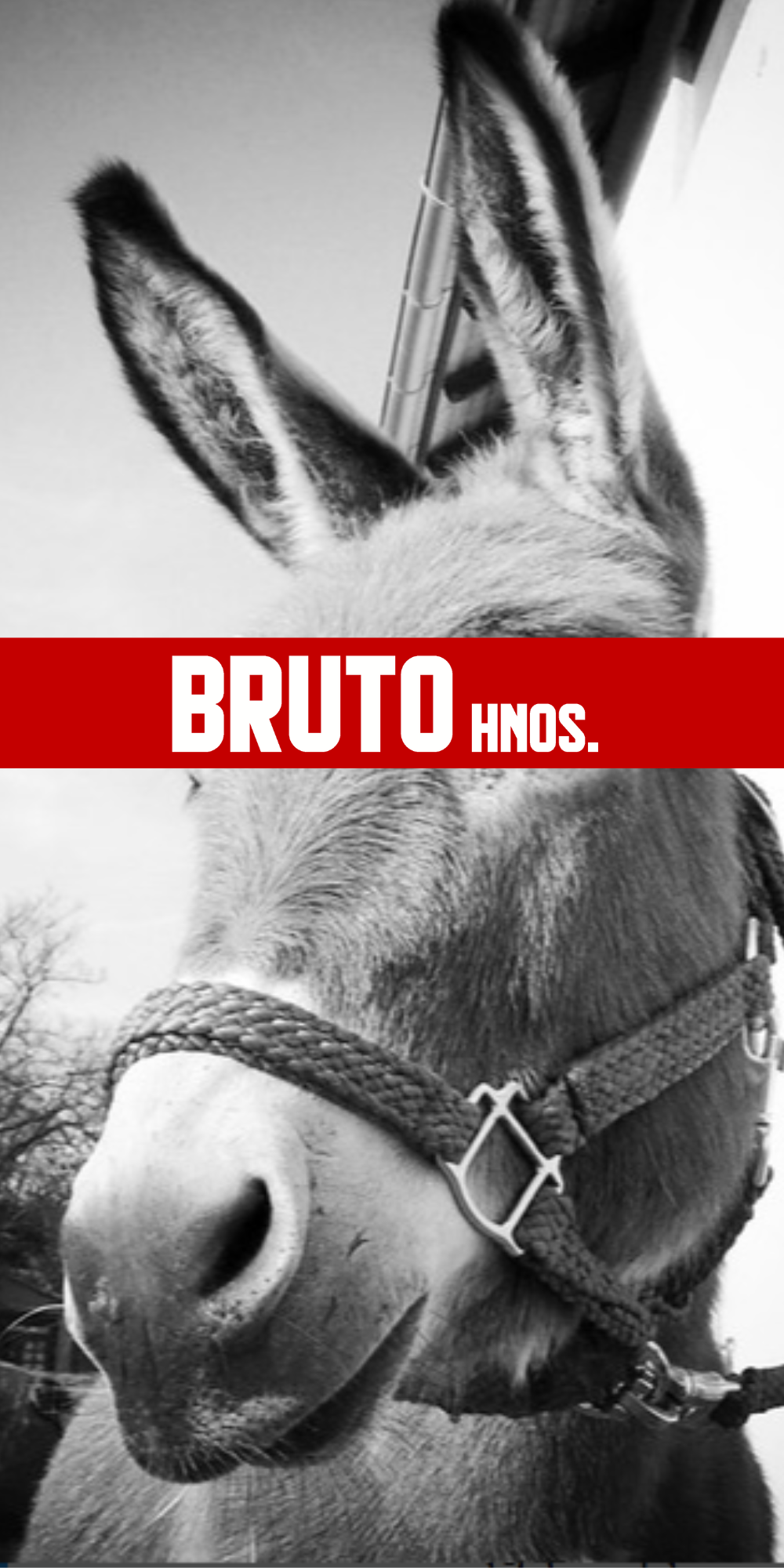
Cuidados
LAVADO & SECADO. Es importante lavar el cuchillo con agua y detergente luego de cada uso, el lavado debe ser a mano, nunca en máquina lavavajillas. Inmediatamente se debe secar con papel de cocina o un trapo suave, es preferible no dejar secando al aire o en escurridor.
GUARDADO. Es recomendable evitar guardar el cuchillo en el cajón de los cubiertos, siempre es mejor opción un taco porta cuchillas o una barra imantada. Las vainas de cuero no son recomendables para guardar este tipo de filos (pero son geniales para transportarlos).
USO. Con el uso del cuchillo la hoja puede sufrir alguna marca, alguna raya. No te preocupes, los cuchillos de cocina son pensados para usarlos y cada marca representa su uso. Para preservar mejor el filo evita cortar sobre superficies duras como mármol, vidrio, granito. Siempre elegí cortar sobre plástico o madera. Es una herramienta de corte, no es un martillo, ni un destornillador, ni un abrelatas!
AFILADO. Es importante asentar el filo emparejando cualquier micro desvío que pueda aparecer con el uso cotidiano. Una buena práctica es realizarlo periódicamente con un asentador de cuero, una chaira lisa o con un piedra de asentar. Cuando lo afiles es recomendable hacerlo con piedras al agua.
